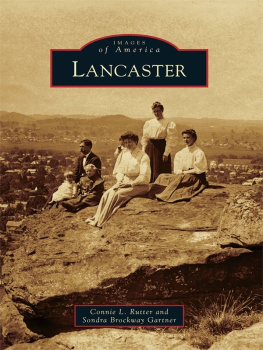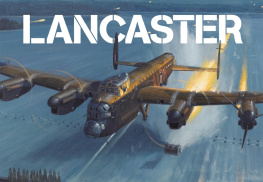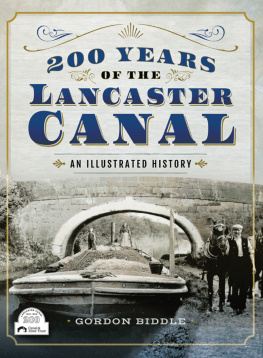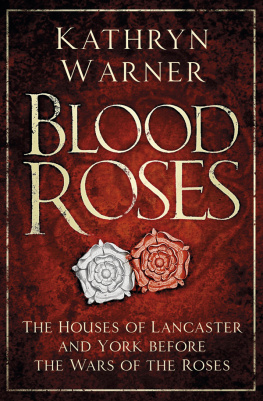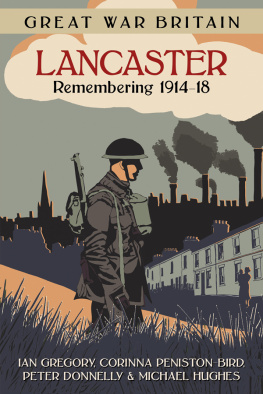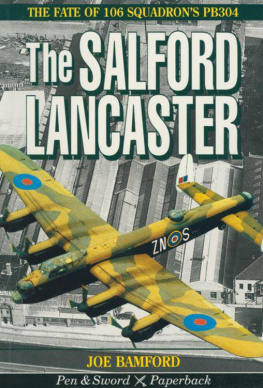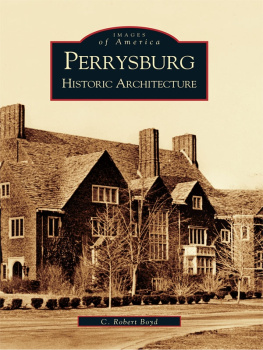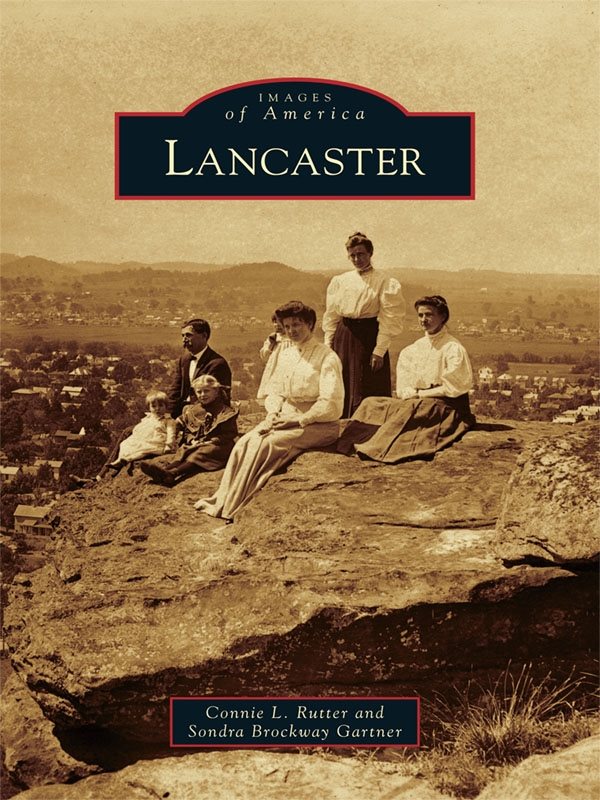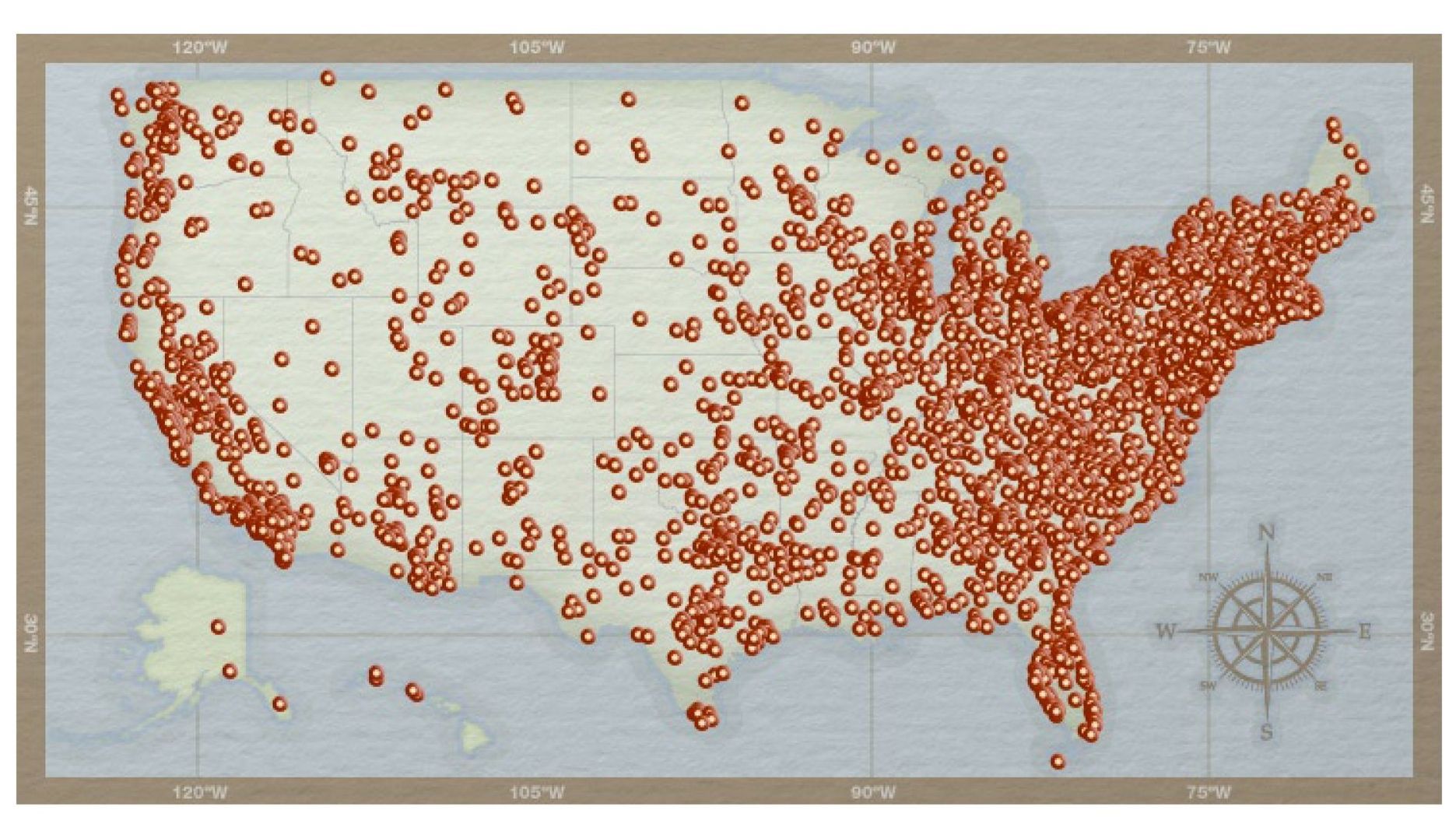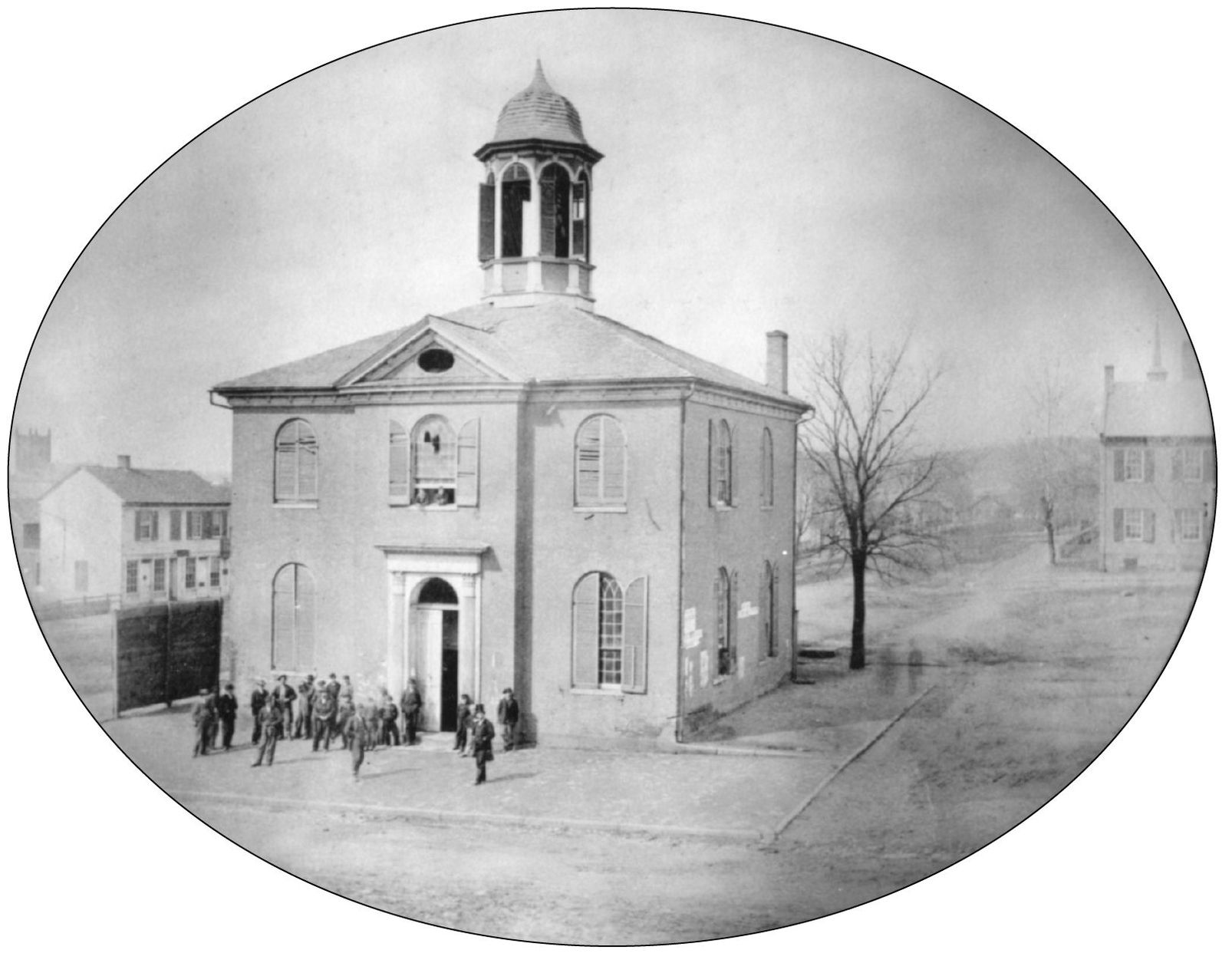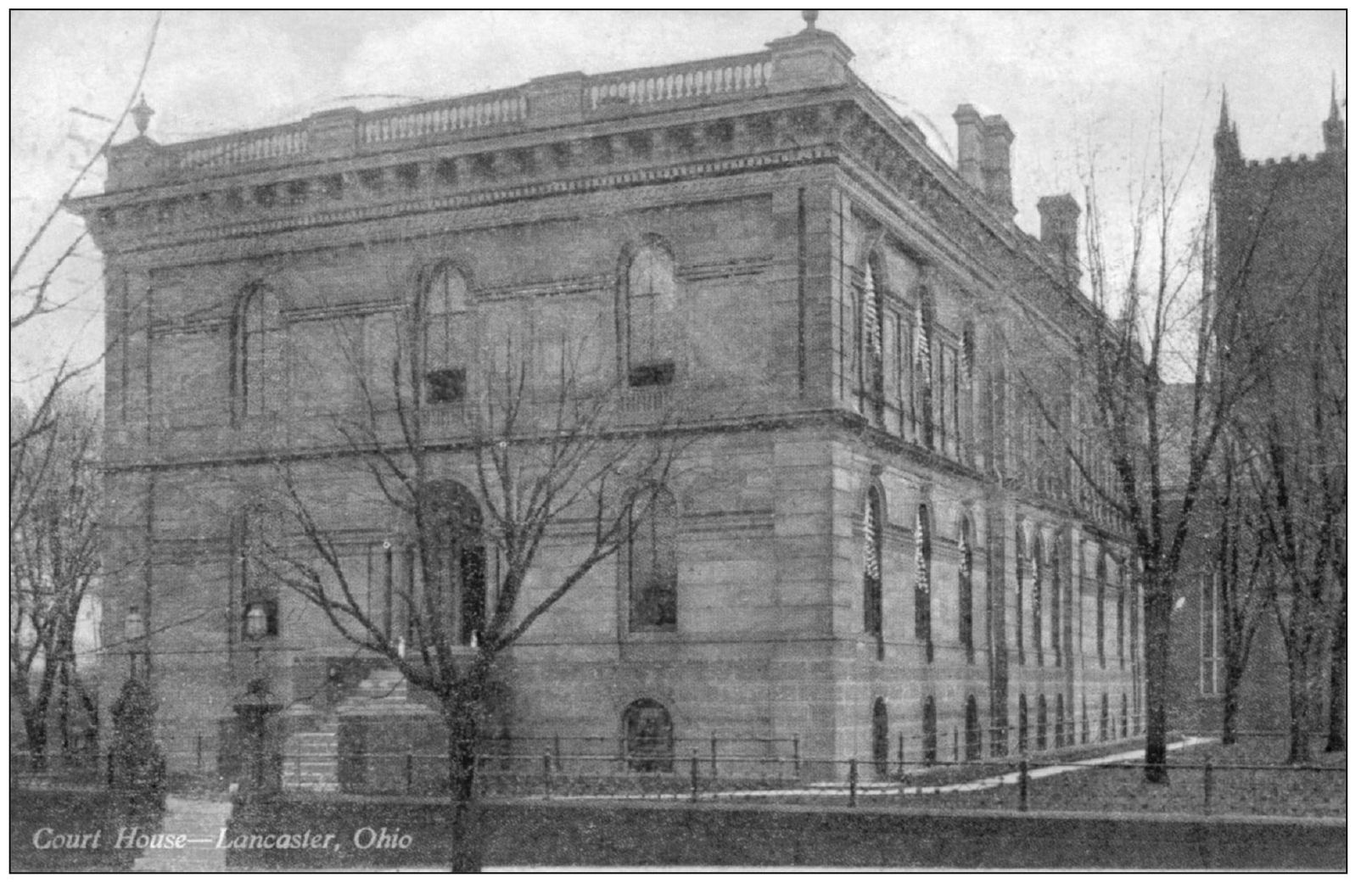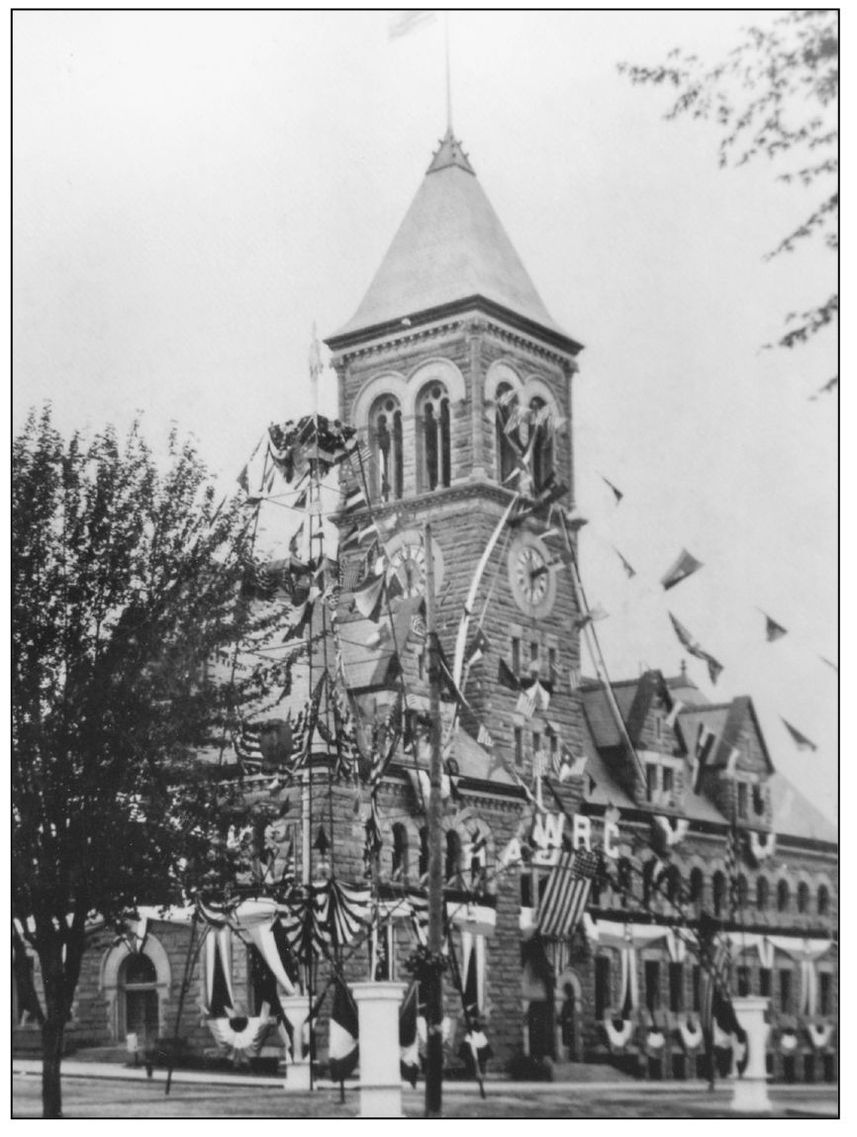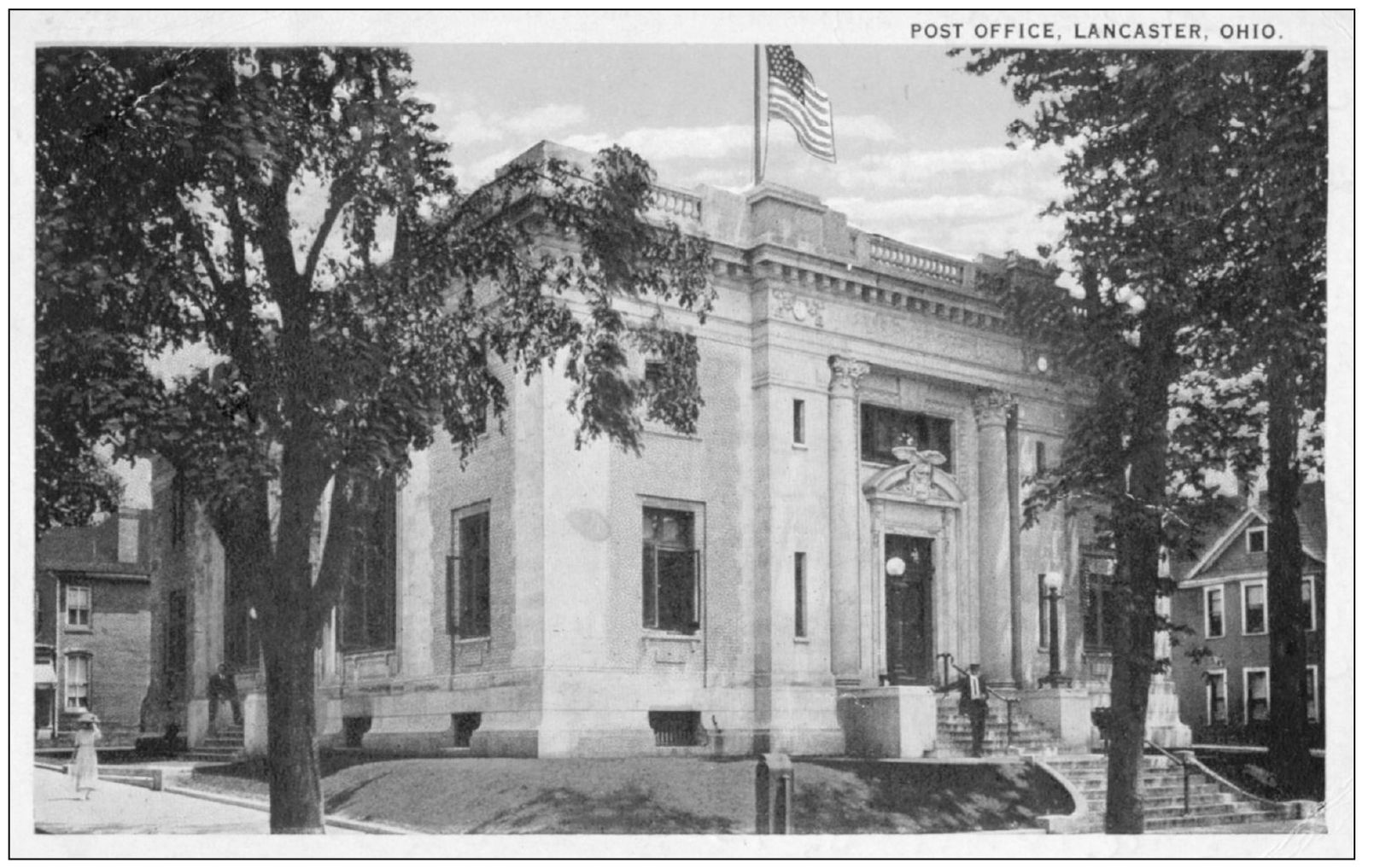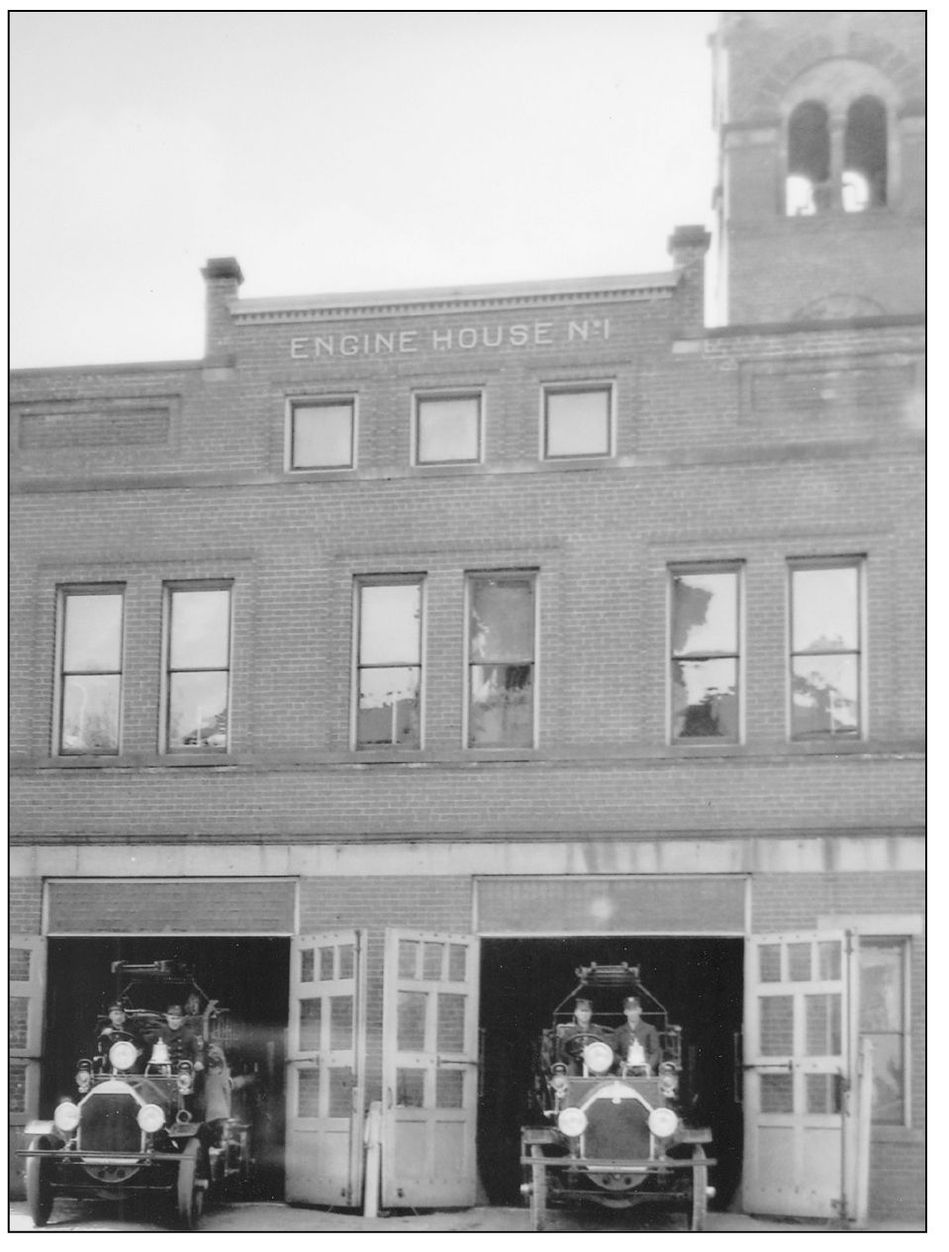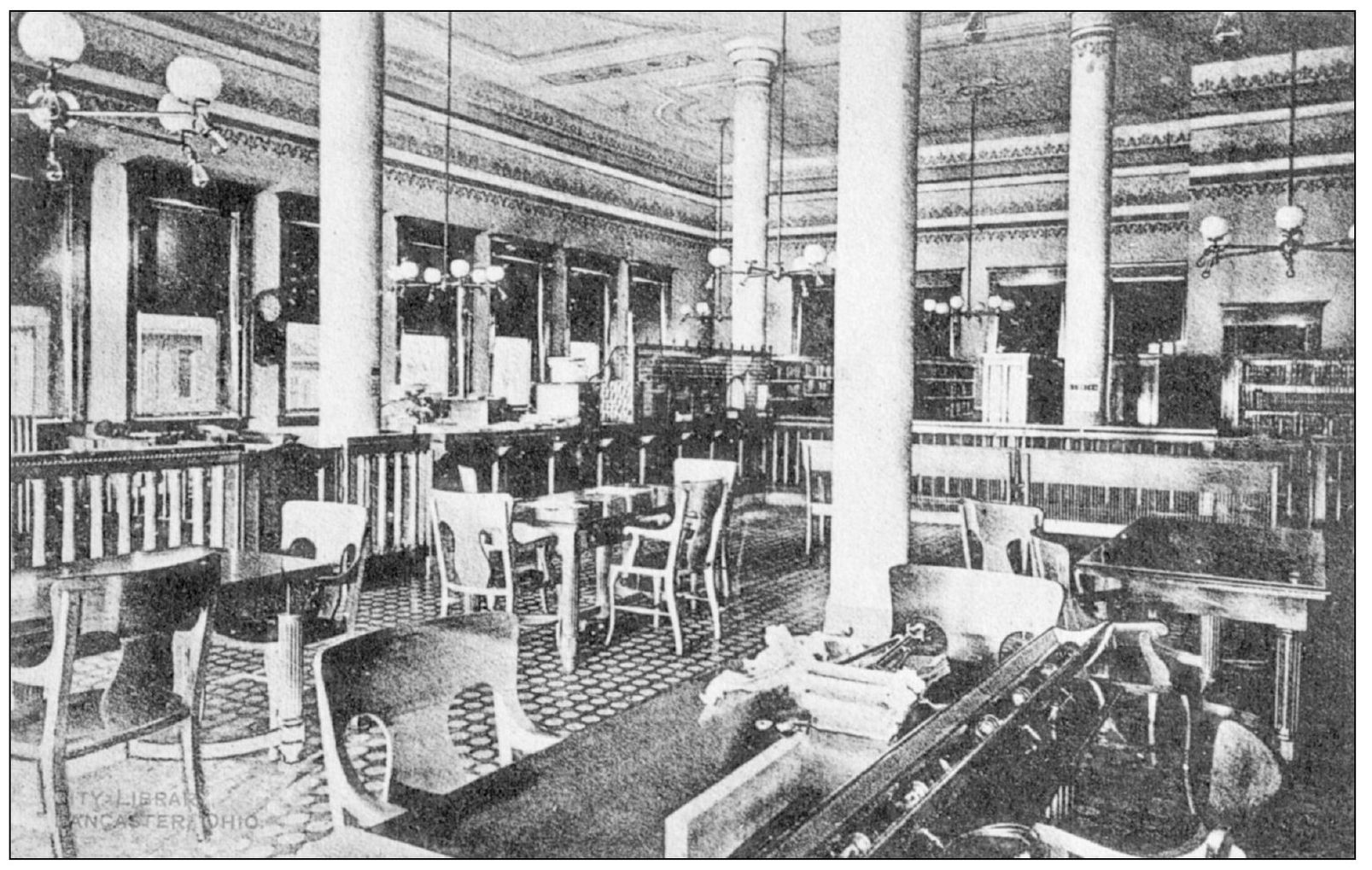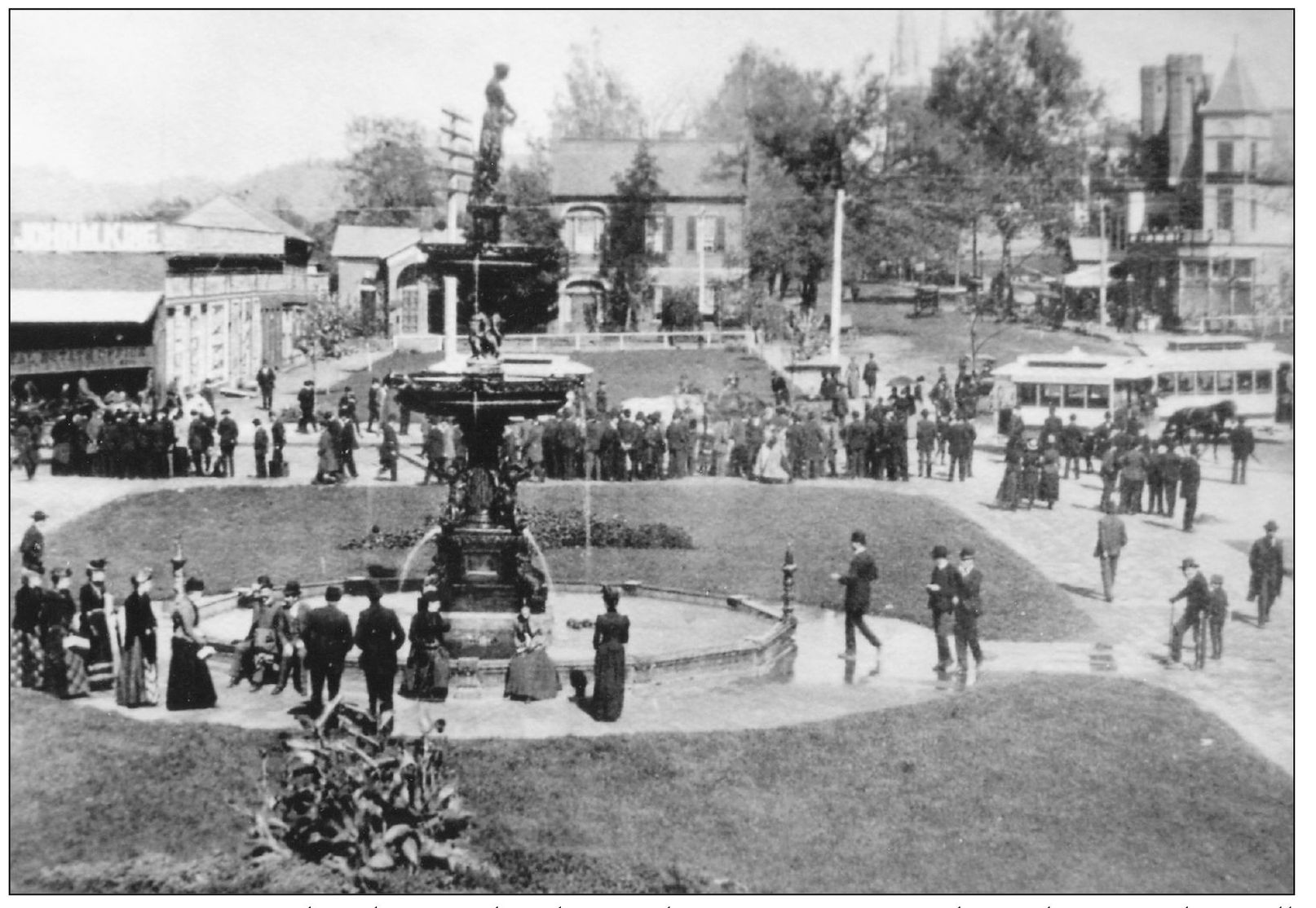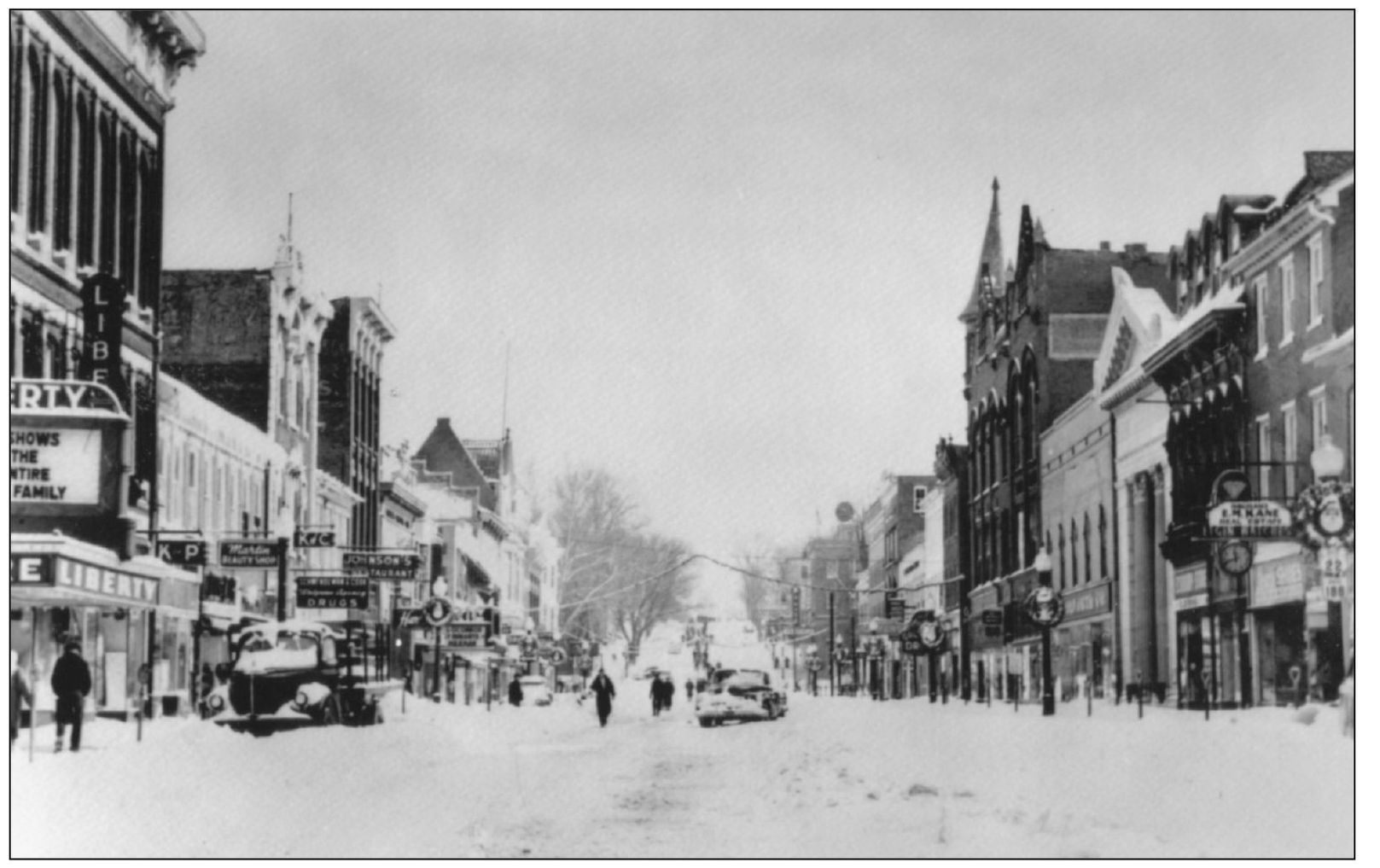One
GOVERNMENT AND STREET SCENES
FIRST FAIRFIELD COUNTY COURTHOUSE. The first Fairfield County Courthouse was completed in 1807. The courthouse bell was first brought from Spain to a monastery on the island of San Domingo in the early 1700s. How and why Gen. John Williamson brought it to Lancaster is a mystery. Some people say pirates may have had a hand in it. (Courtesy of the Ohio Glass Museum.)
CURRENT FAIRFIELD COUNTY COURTHOUSE. By 1867, the county commissioners decided the old courthouse was too small for government business and ordered it to be razed. The second and present courthouse, designed and built by Jacob Orman at a cost of around $140,000, was first occupied in 1872. The keystone over one arched doorway is carved with the likeness of Henry Ebner, one of the builders.
NEW CITY HALL. Decked out in all her glory, the new and current city hall is ready for the dedication ceremony in 1898. The magnificent clock tower was originally illuminated by four gas flames. The second floor held both an auditorium and public library. The jail was located in the basement. (Courtesy of Ohio Glass Museum.)
LANCASTER POST OFFICE. T he first post office was located in the cabin of Samuel Coats in 1799. During October 1873, over 10,000 letters were mailed from the old post office. The current post office, which is shown here, opened for business on South Broad Street in April 1911.
ENGINE HOUSE NO. 1. Before the Lancaster Fire Department was organized in 1893, fires were fought by the volunteer bucket brigade using leather buckets. By 1853, the first portable hand-pumped engine and hose were bought by the city, and the first steam engine was purchased in 1867. Engine House No. 1 was built in 1899 and still stands on Chestnut Street. Shown are two hook-and-ladder fire trucks in 1815. Todays superior fire department uses the latest in firefighting equipment.
CITY HALL AUDITORIUM. Adorned with a curved and ornate ceiling and an elaborate chandelier, the auditorium was located on the second floor of the city hall building. It was the home to many public meetings, music productions, political debates, and entertainment. This photograph was taken about 1900. (Courtesy of Ohio Glass Museum.)
CITY HALL LIBRARY. When Lancaster became incorporated in 1831, the village government was established and the president of the village council served as the chief executive. Isaiah Vorys drafted the plans for the new council chambers in 1887. The city hall also held a public library. This photograph shows the interior. (Courtesy of Jack Metcalf.)
LANCASTER POLICE DEPARTMENT, 1934. Pictured here from left to right are (first row) Charles Hutsler, Chief Gail Sesler, Mayor Charles Moyer, Safety Director Adolph Raab, Capt. George Neeley, and Charles Keeley; (second row) Lawrence Bauer, George Dunkle, Van Hammitt, Lawrence Judy, Charles Douglas, Harley Highley, and Ralph Goodyear. The earliest form of policing was the property guard formed when the city was first established. Today Lancaster has an outstanding police department.
FOUNTAIN SQUARE. This photograph, taken in the 1880s at Main and Broad Streets, shows all the action happening in downtown. Seen are the horse-drawn streetcars, Effinger Tavern in the center, and the towers of St. Johns Episcopal Church on the right. The steeples of St. Peters Lutheran Church and the First Presbyterian Church are seen in the background. (Courtesy of Ohio Glass Museum.)
SNOW SCENE. Main Street Hill is viewed before Christmas as wreaths hang from the streetlights decorating downtown. Some businesses during that time included Johnsons Restaurant, Kane Real Estate Company, Isleys Restaurant, and the Liberty Theater (seen on the left). An automobile seems to be stuck in the middle of the street in the snow. (Courtesy of Fairfield Glass Museum.)

